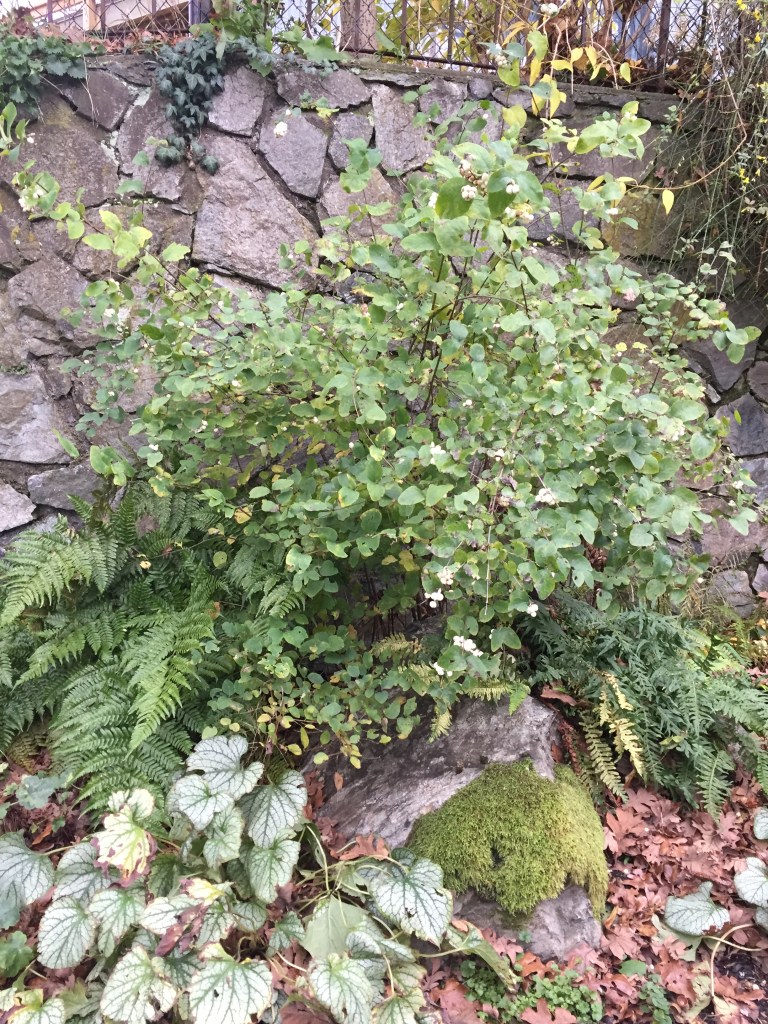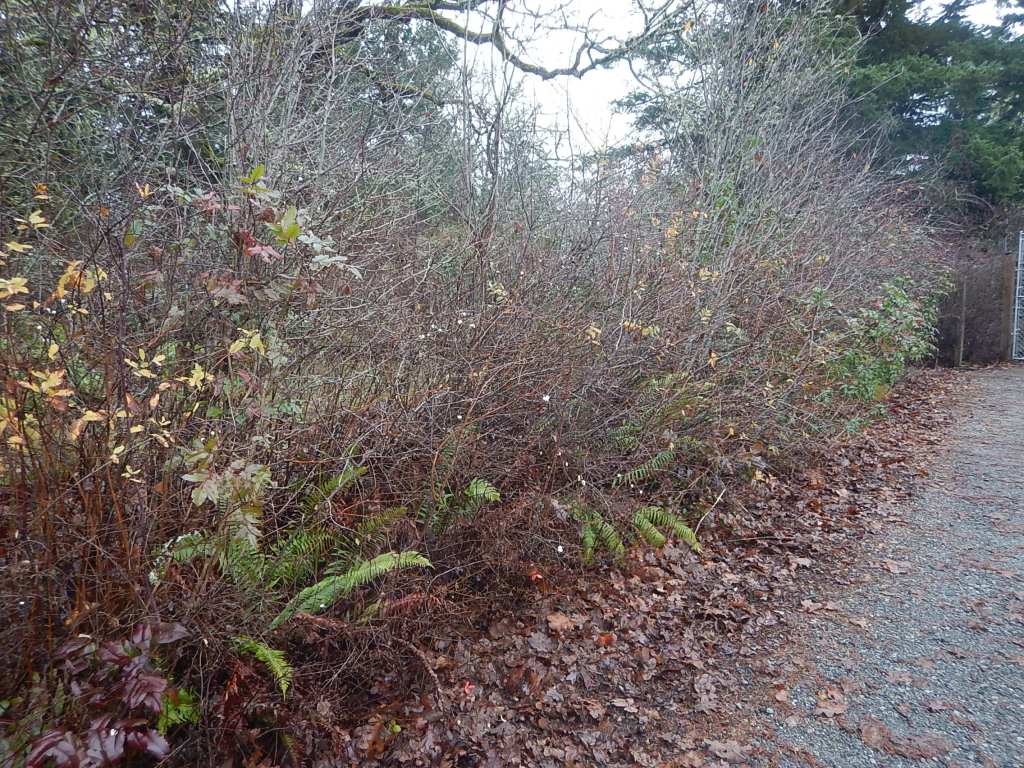In mid-March, along the walking trail of Cedar Hill Golf Course, Sharon spied some early Spring Gold. I’m used to seeing Lomatium utriculatum waving above tall grass, but it’s too soon for tall grass. This early, they get to bloom lower to the ground, where they might be more protected from the cooling wind? I imagine they stretch for the sun as the grass grows taller around them?
Alongside the striking yellow blooms are some less-showy white flowers. I’m unfamiliar… so I give my iPhone Visual Look Up a try at identifying them. (It’s not a fool-proof test, but it often points me in the right direction.) Results: Migranthis integrifolia. Grassland Saxifrage.
Sharon is great to hike with. She even spotted the Camassia quamash. This is the earliest I’ve ever seen the Common Camas in bloom. I’ve known it blooms earlier than the Great Cammas, but this seems really early.
Walking around Thetis Lake Park, a few days later, I was delighted to see Fawn Lilies blooming. I’ve been searching in vain for their distinctive leaf in my garden. Perhaps this particular location has just the right conditions for them?
Further around the lake, we smiled at the blooms of the Red Flowering Currant (Ribes sanguineum). It is a sure sign the hummingbirds will be arriving soon to feed.
Perhaps the hummingbirds arrived already? Maybe, like me, they’ve been tucked away, waiting for a nice sunny day. Well, it’s certainly time to be getting out of the house now! 🙂
-30-
Other places to see Wildflower Meadows:
















